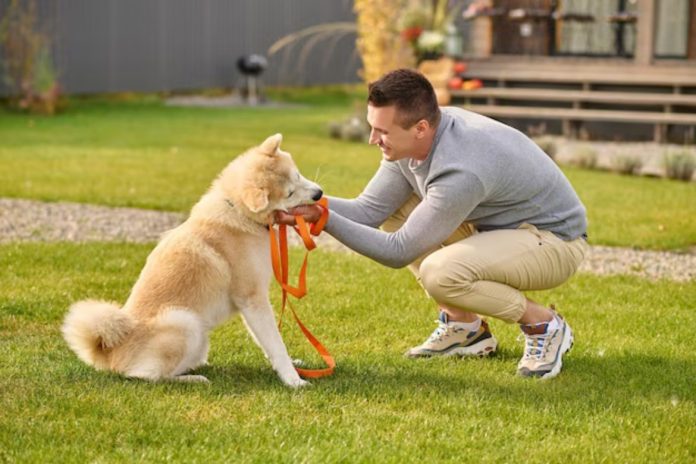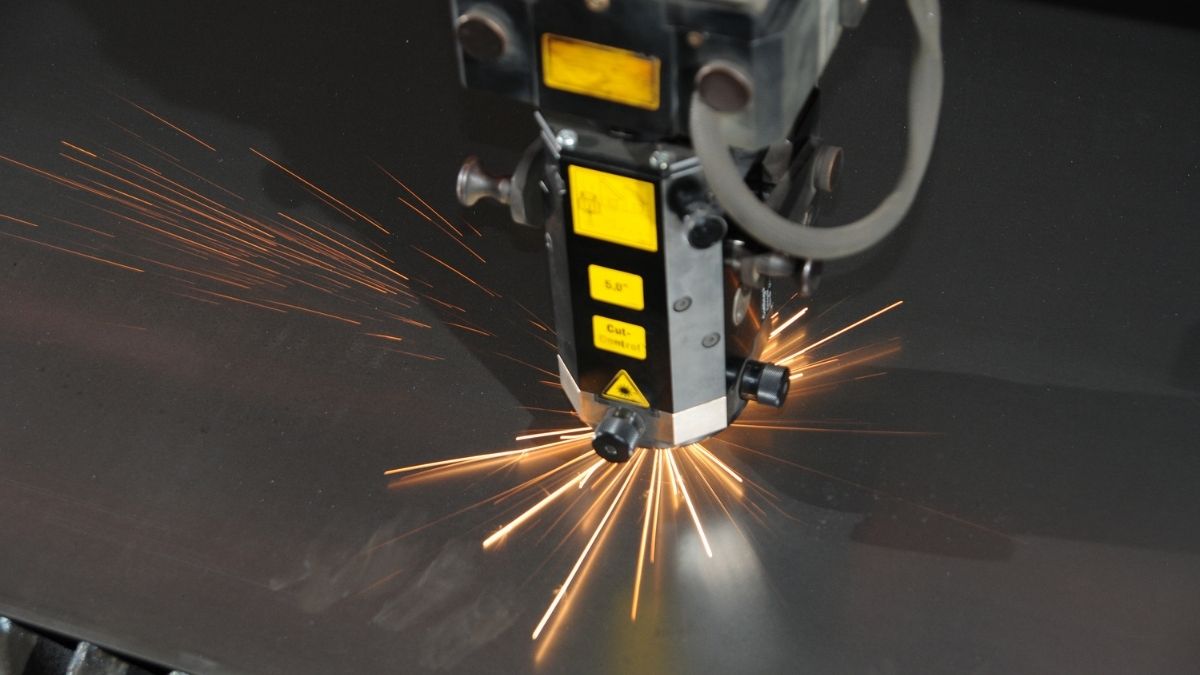Dog agility training is a structured activity designed to enhance a dog’s physical coordination, speed, and mental acuity. It involves navigating obstacle courses that test a dog’s ability to respond to commands, move efficiently, and problem-solve in real time.
Understanding Agility in Dogs
Agility training for dogs is not just for competitive sports—it also improves overall fitness, strengthens the bond between dogs and their handlers, and provides a productive outlet for high-energy breeds.
Some dogs display a natural aptitude for agility, excelling in quick directional changes, jumps, tunnels, and weave poles with ease. However, breed tendencies, temperament, and early experiences all play a role in determining a dog’s potential for agility and success.
Key Traits of Agile Dog Breeds
While any dog can benefit from agility training, certain breeds possess innate characteristics that set them apart. Dogs that excel in agility training tend to exhibit:
- High energy levels – Dogs that thrive on activity and mental engagement are well-suited for agility work.
- Strong problem-solving skills – Quick decision-making is crucial for navigating obstacle courses effectively.
- Athletic build – A lean, muscular physique with strong joints contributes to agility performance.
- Trainability – Breeds that are eager to learn and responsive to commands adapt quickly to agility routines.
- Confidence and focus – Agility requires a dog to stay engaged with the handler while making split-second movements.
These traits are often observed in breeds bred for work, such as herding or hunting dogs, but proper puppy training can enhance agility skills in many dogs regardless of breed.
Top Breeds That Excel in Agility
Although any dog with the right training and motivation can participate in agility, some breeds are consistently seen at the top of the sport.
- Border Collie – Considered the gold standard in agility training for dogs, Border Collies possess unmatched intelligence, speed, and responsiveness. Their natural problem-solving ability allows them to adapt to complex courses effortlessly.
- Australian Shepherd – Agile and highly trainable, Australian Shepherds excel in competitive agility. Their herding background gives them an intuitive understanding of movement and spatial awareness.
- Jack Russell Terrier – Despite their small size, Jack Russells are among the fastest and most determined agility competitors. Their compact build and boundless energy make them well-suited for quick turns and rapid acceleration.
- Belgian Malinois – Often used in police and military work, Belgian Malinois are powerful yet precise in their movements. Their strong work ethic and natural athleticism give them an edge in agility training.
- Shetland Sheepdog – With an exceptional ability to follow commands, Shelties are quick learners and thrive in agility courses. Their light frame allows them to move swiftly through obstacles.
- Papillon – This toy breed may be small, but its speed and agility are impressive. Papillons are intelligent and highly trainable, making them strong competitors in the sport.
- Poodle (Standard and Miniature) – Poodles’ versatility extends to agility training, where their intelligence and athleticism shine. They perform well in both professional agility circuits and recreational settings.
- Cocker Spaniel – Cocker Spaniels are known for their enthusiasm and ability to adapt to new challenges. Their agility skills, combined with a strong desire to please, make them excellent candidates for training.
Many of these breeds exhibit agility skills naturally, but proper puppy training is essential for refining their abilities. Enrolling a young dog in puppy school or puppy preschool can introduce foundational commands and socialization skills that translate well into agility work later.
Factors That Influence a Dog’s Agility Potential
Even within breeds known for agility, individual differences exist. A dog’s potential for excelling in agility training is shaped by:
- Genetics – Breeds developed for speed, endurance, and problem-solving tend to perform better in agility sports.
- Early socialization and training – Puppies exposed to different environments, surfaces, and movement patterns develop confidence in agility exercises.
- Physical conditioning – Strength, flexibility, and endurance contribute to a dog’s ability to complete courses efficiently.
- Handler-dog communication – A dog’s responsiveness to verbal and non-verbal cues can determine how quickly they adapt to agility tasks.
- Motivation and drive – Some dogs have a natural enthusiasm for fast-paced activities, while others may require more encouragement through rewards-based training.
Agility training for dogs is most effective when started early, as young dogs are more adaptable to learning new skills. Introducing structured play and obstacle-based exercises during puppy training can help identify whether a dog has the drive and aptitude for agility sports.
Training Considerations for Different Breeds
Not all breeds approach agility training in the same way. While some dogs naturally thrive in fast-paced, high-energy environments, others may require tailored methods to develop their agility skills.
- High-energy breeds (Border Collies, Jack Russell Terriers, Australian Shepherds) – These dogs often excel with minimal encouragement. The challenge lies in maintaining focus, as their energy can lead to impulsive movements. Short, structured sessions help reinforce discipline while maximizing engagement.
- Moderate-energy breeds (Cocker Spaniels, Miniature Poodles, Shetland Sheepdogs) – These breeds may require more gradual conditioning to build endurance. They respond well to consistency and positive reinforcement training.
- Small breeds (Papillons, Miniature Schnauzers, Toy Poodles) – Their size makes them agile, but special attention should be given to joint health and controlled jumps. Lower obstacle heights and careful progression help prevent injuries.
- Large breeds (Belgian Malinois, Standard Poodles, Labrador Retrievers) – Larger dogs can excel in agility but may require additional strength training to maintain speed and endurance. Controlled landing techniques and surface traction play a key role in injury prevention.
Regardless of breed, agility training for dogs should always be adapted to the individual dog’s strengths and needs.
Signs That Your Dog Has Agility Potential
If you’re wondering whether your dog could be a natural at agility, certain behaviors indicate strong potential. Dogs with an aptitude for agility training often display:
- Quick reflexes and rapid direction changes – Dogs that naturally pivot, jump, or sprint during play show good agility instincts.
- Strong focus and problem-solving skills – Dogs that eagerly engage in puzzle-based toys and quickly learn new commands tend to excel in agility training.
- Confidence in new environments – Agility requires exposure to different surfaces, obstacles, and sounds. Dogs that explore without hesitation often adapt quickly to agility courses.
- Enthusiasm for movement-based activities – If your dog enjoys running, climbing, or leaping over furniture during play, these natural behaviors can be shaped into agility skills.
Dogs that show these signs can benefit from structured puppy training programs or introductory puppy school courses to refine their abilities.
Competitive Agility vs. Recreational Agility
Agility training is not only for competitive events—many dogs benefit from agility exercises as a form of physical and mental enrichment.
- Competitive Agility: Formal agility trials involve obstacle courses where dogs are timed and scored based on speed and accuracy. Certain breeds, such as Border Collies and Australian Shepherds, dominate these competitions due to their high drive and precision.
- Recreational Agility: Many dog owners engage in agility training for dogs as a fun way to keep their pets active. Backyard agility courses, structured play sessions, and dog agility parks allow dogs to experience the benefits of agility training without the pressure of competition.
Health and Safety in Agility Training
Regardless of whether a dog is training for competition or recreation, proper precautions must be taken to ensure safety. Agility training places significant physical demands on a dog’s body, making conditioning and injury prevention crucial.
Key safety considerations:
- Warm-up and cooldown exercises – Stretching and light movement before and after sessions help prevent muscle strain.
- Proper surface conditions – Training on non-slip surfaces, such as grass or rubberized flooring, reduces the risk of slips and joint injuries.
- Age-appropriate training – Puppies should avoid repetitive high-impact jumps until their growth plates are fully developed (typically around 12–18 months for most breeds).
- Hydration and rest – Overtraining can lead to fatigue and stress. Structured breaks and hydration keep dogs performing at their best.
Getting Started with Agility Training
If you want to introduce your dog to agility, starting with foundational skills is key.
Beginner-friendly exercises:
- Tunnel exploration – Encourages confidence in enclosed spaces and builds enthusiasm for agility obstacles.
- Cavaletti poles – Helps dogs develop coordination and controlled movements by stepping over low poles.
- Target training – Teaches dogs to follow directional cues, which is essential for agility course navigation.
- Basic jumps – Starting with low, controlled jumps builds strength and technique.
For those looking to advance in agility training, joining a puppy preschool, puppy school, or local dog training club in NSW can provide structured guidance. Professional trainers can tailor agility programs to match a dog’s abilities, ensuring a safe and enjoyable experience.
Key Takeaways
- Agility training improves a dog’s fitness, focus, and responsiveness.
- Border Collies, Australian Shepherds, and Jack Russell Terriers excel in agility.
- Early training in puppy school builds a strong agility foundation.
- Genetics, temperament, and conditioning influence agility potential.
- Safety measures like warm-ups and proper surfaces prevent injuries.
- Agility can be competitive or recreational, benefiting all active dogs.









